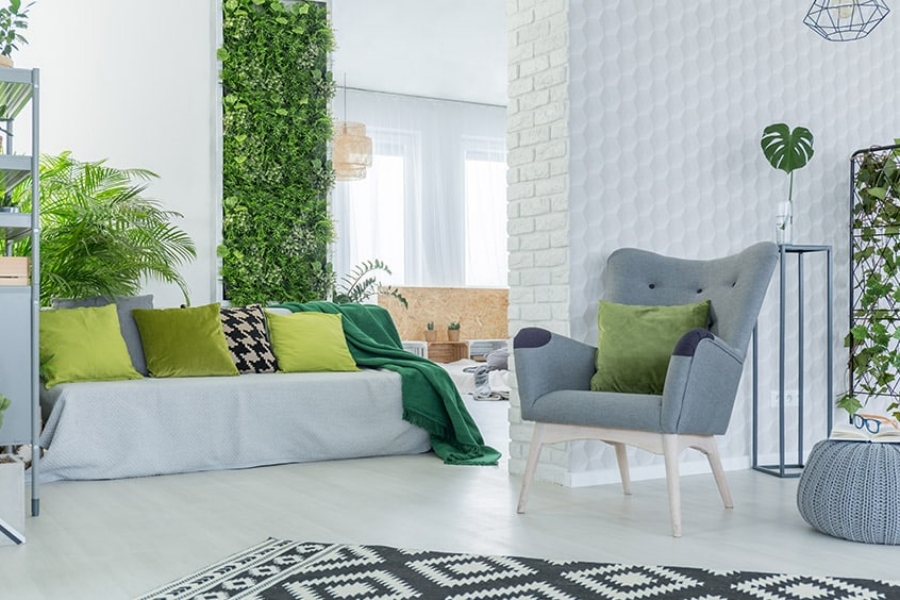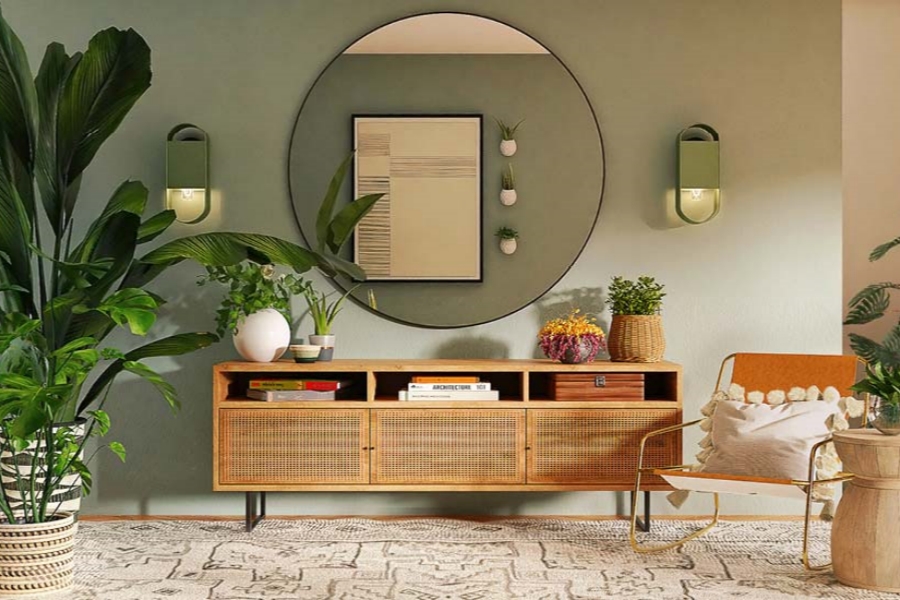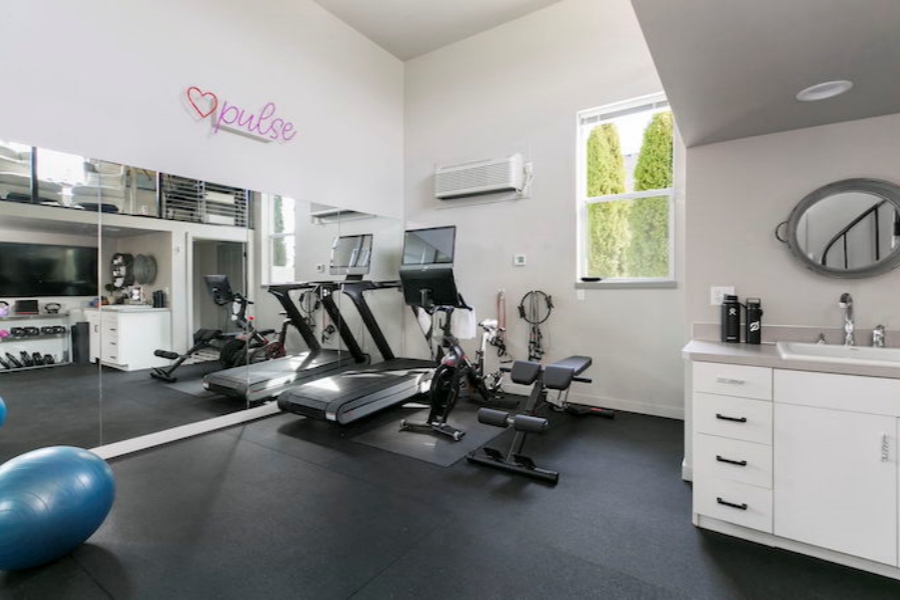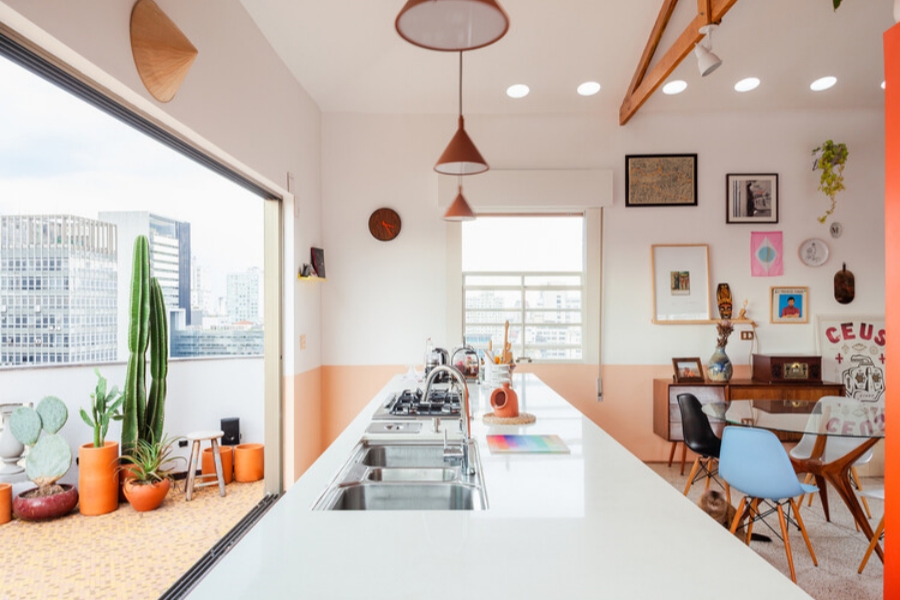Sustainable design goes beyond just incorporating plants or recycling household waste. It’s about making a conscious choice to reduce our environmental footprint through the materials we use, the way we source them, and how we incorporate them into our homes.
One of the core aspects of sustainable design is the use of eco-friendly materials. This could mean choosing furniture made from reclaimed or recycled materials, opting for organic cotton in soft furnishings, or using paints with low volatile organic compounds (VOCs). Each of these choices not only contributes to a healthier environment but also creates a unique aesthetic that’s both stylish and eco-conscious.
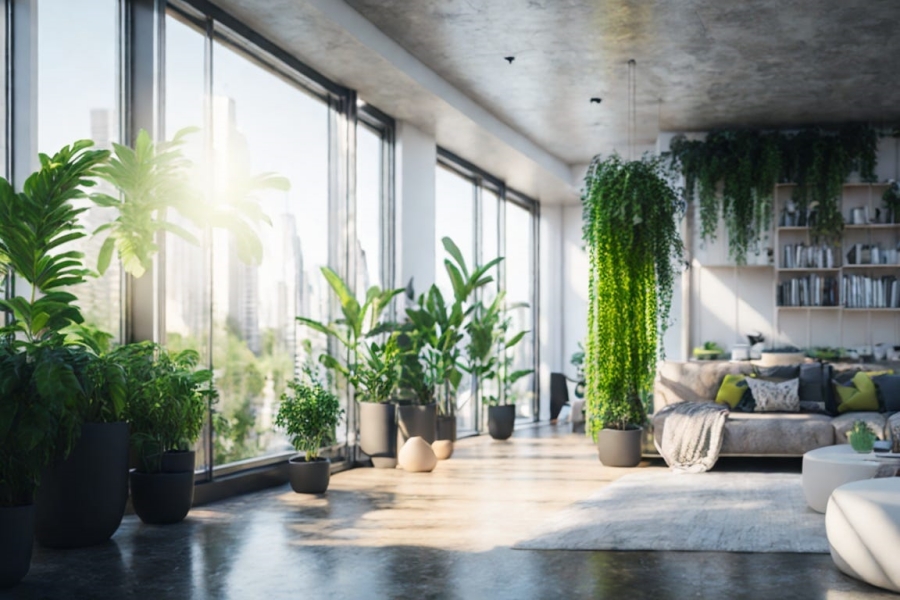
Another crucial element of sustainable design is energy efficiency. This can be achieved by maximizing natural light, using energy-efficient appliances, and integrating smart home technologies that help monitor and reduce energy consumption.
The sustainable design trend also encourages a “less is more” approach. Minimalism goes hand in hand with sustainability, as it promotes mindful consumption and discourages waste. By choosing quality over quantity and favoring timeless pieces over fleeting trends, we can create a home that’s not only chic but also kind to the planet.
Lastly, sustainable design is about embracing nature. Incorporating indoor plants, using natural fibers, and choosing colors that reflect the outdoors can create a calming, biophilic environment that nurtures our well-being.
Sustainable design is more than just a trend; it’s a lifestyle choice. It challenges us to rethink our habits, make mindful decisions, and transform our homes into spaces that are not only beautiful but also sustainable and respectful of the environment.

